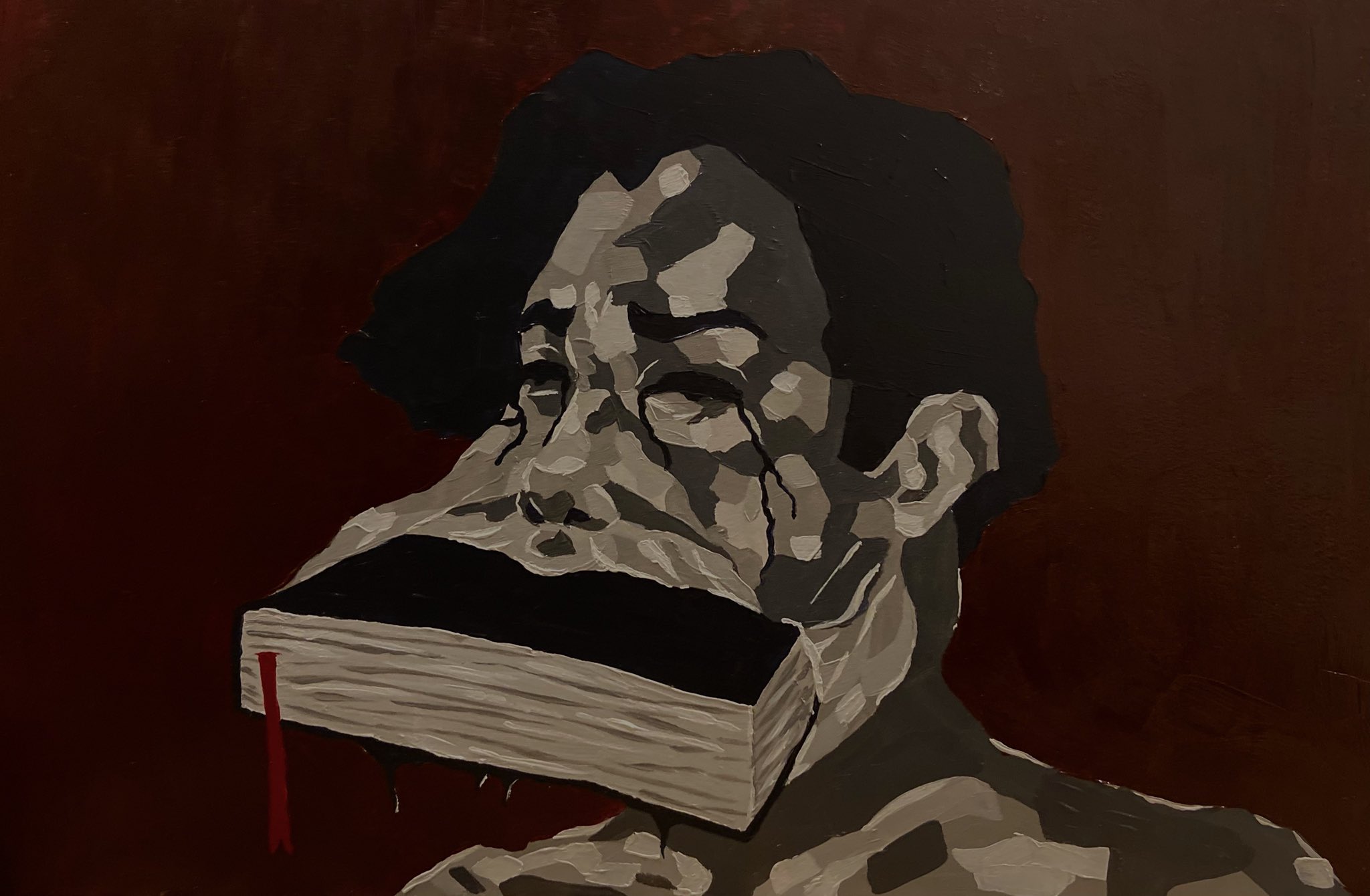Various definitions have been suggested for the concept of religious trauma; I’ll offer my own: Religious trauma involves the lingering ill-effects of any type of spiritual abuse, whether physical or emotional.
This may sound too broad, but that’s exactly the challenge that faces the sufferers of religious trauma, namely, that the abuse can be subtle or overt, it can occur once or over and over, it can be sexual or doctrinal. And the symptoms of religious trauma can be as myriad as the forms the abuse originally took.
Because something like “religious trauma” doesn’t show up on an X-ray or MRI, many people struggle with it unwittingly. Often it is diagnosed by accident — you feel a knot in your stomach as you pass by a church, you experience a sense of panic in the presence of a pastor or religious leader, you have a lingering feeling of shame or guilt about who you are deep down, and so on.
It doesn’t have to be this way.
While I hope to dig a bit deeper into some of these issues and more over the next several articles, suffice it to say at this point that the religious trauma that often follows spiritual abuse is something that can be overcome. But in the same way that religious trauma doesn’t present as some cut-and-dried problem (like a headache or runny nose), its treatment is not as simple as taking some medicine or popping a pill.
It’s a marathon, not a sprint. Just as the abuse likely took time, so does the healing. But as difficult as it is to confront the past, in the long-run it’s more difficult not to.
Click here for more info. . . .



